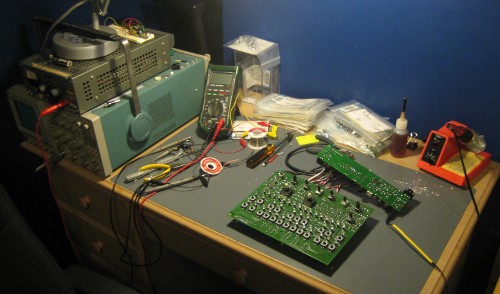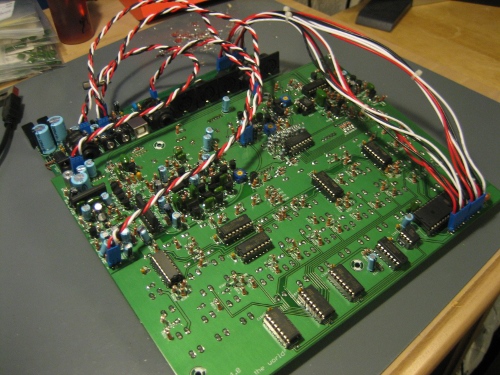
So, this guy does some speculative research and comes to the conclusion that mechanical hard disks will still be the dominant secondary storage technology for computers in 2020. Somehow, I'm a bit skeptical.
If you want to see what's going to happen in regard to mechanical vs solid state hard disks, you don't need a crystal ball. Just look at the transition from CRT to LCD displays. It wasn't so long ago that LCD monitors were horribly expensive and that fact (combined with their other drawbacks) made them an unattractive option for most people. I can recall many, many people saying that they would never give up their enormous, power-hungry, failure-prone CRT displays. Now, you can't even buy a CRT computer monitor because LCD quality caught up and surpassed CRTs for most purposes while price plummeted. The same will happen with mechanical disks and SSDs. Maybe it'll happen faster, maybe slower, but it will happen.
Keep in mind also which company this "prediction" is coming from: Seagate lived a long and prosperous career engineering and manufacturing mechanical hard disks. They are a huge company whose entire operation is based around the concept of shipping hunks of metal with rotating platters inside. Since an SSD is just a bunch of memory chips duct-taped together, the memory companies (Transcend, Crucial, Corsair, Samsung, etc) were the first ones with SSDs on the market. The SSD thing likely hit Seagate by surprise and they can see that their run won't last long.
It's not too late for them to start transitioning to manufacturing memory chips, but doing so would be brutal for many reasons. To start with, their decades of mechanical drive development experience, manufacturing facilities, engineers, trade secrets, R&D, etc are mostly about to be worthless. If they start selling this stuff off now while it's still fairly valuable, shareholders are going to do a huge "WTF?" and walk off. Second, the memory companies have a few years head start. Even if Seagate could enter the market and compete with them, the company would be leaving their position as a market leader to be a market newcomer, taking cues from everyone else. (Cue the sound of their last few shareholders stomping out.)
Basically, unless Seagate can buy up a few of the leading memory companies making SSDs right now, they're screwed. Until that happens, all they can do right now is appease their shareholders and put their executives up on stage to have them parrot the lie that their business is going to be viable for a good long time yet. Oh, and frivolously sue all the SSD manufacturers on broad patent infringement grounds.








